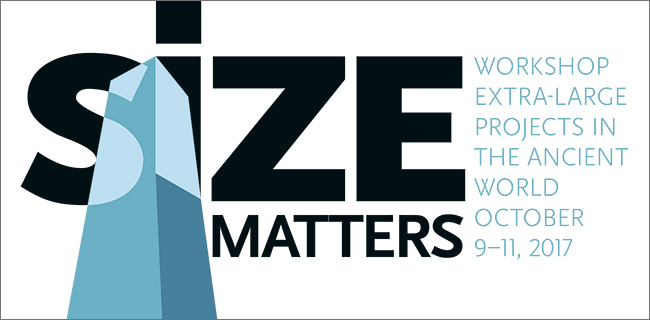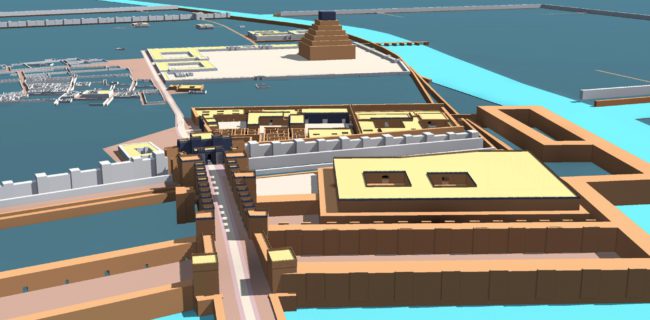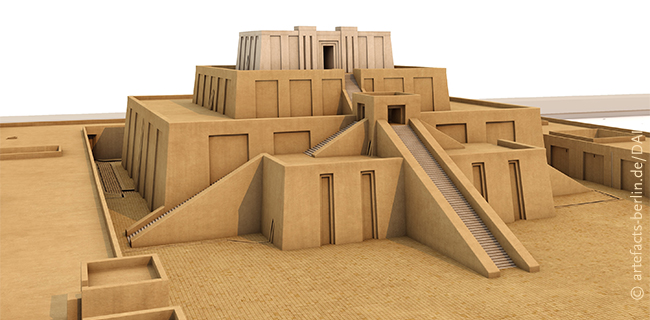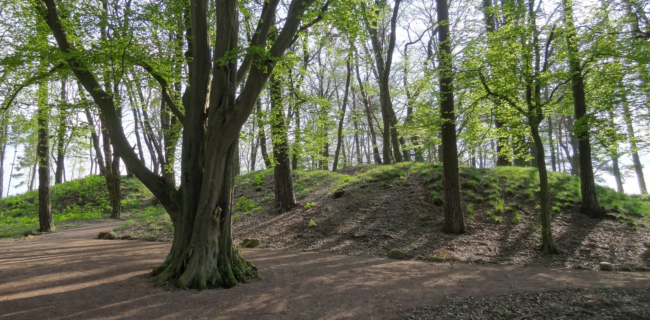In many parts of the ancient world one encounters building projects of remarkable size. Lists of “wonders of the world” were already circulating in antiquity – lists that dealt in the broadest sense with edifices distinguished by extraordinary monumentality, technical ingenuity and consummate craftsmanship, i.e. that in every way exceeded ordinary dimensions.
| 48 | Researchers |
| 7 | Research Projects |
| 1 | Dissertation Project |
| 50 | Publications |
| 35 | Events |
| 8+ | Cooperating partners |
However, excavations and texts have supplied us with a wealth of other such projects that never made it into the canon of world wonders. This suggests that many ancient societies carried out monumental building projects. These mega-projects represent a special case of the occupation, formatting and control of space through monumental encroachments on the natural or cultural landscape, and stand – in view of their organizational background – in a unique relation to the forms of government and society within which they were created. A characteristic feature of these projects is their unusually large investment – relative to the situation of society as a whole – in labor, property value and “knowledge” of all kinds. These are community projects that manifest themselves in space in a special way and that place exceptional demands on a society.
The research group was interested in the interdependence of spatial conditions and the skills that had to be developed to execute such projects. What factors determine the various stages in the execution of mega-projects, with regard not only to development in space, but also to the preparation or development of technical and systematic knowledge, and to the history of ideas? What compels a society to make colossal amounts of energy and resources available for a mega-project? What can an analysis of such projects contribute to the historical anthropology of space and knowledge?
Apart from Topoi projects research group (B-2) XXL worked in cooperation with research projects of the Technische Universität Berlin (TU Berlin), Association for the Understanding of Ancient Cultures (AUAC), the Department of Antiquities of Jordan (DoA), and Berlin-Brandenburgische Akademie der Wissenschaften (BBAW):
Resafa-Sergiupolis/Resafat Hisham (Nord-Syrien) | TU Berlin | Project management Dorothée Sack
The North-Eastern Petra Project (NEPP) (Jordanien) | AUAC and DoA | Project management Stephan G. Schmid
Die Inschriftenausstattung der Akropolis (Griechenland) | BBAW| Project management Klaus Hallof
Research Projects
- (B-2-1) Roms "Größe" – von Großbaustellen, megalo-manen Bauprojekten und der Normalität kaiserlicher Bautätigkeit
- (B-2-2) Monumentality as policy? The organization and function of oversized building projects in the ancient East
- (B-2-3) Big buildings – big architecture? The cultural significance of size in the architecture of the ancient Near East
- (B-2-4) Scythian tombs – between monumentality and gigantomania
- (B-2-5) The ritual landscape in the area of the royal tomb of Seddin in the Prignitz
- (B-2-6) The borders of Rome
- (B-2-7) Resafa-Sergiupolis – Rusafat Hisham/Syria. Large Technical Infrastructure




